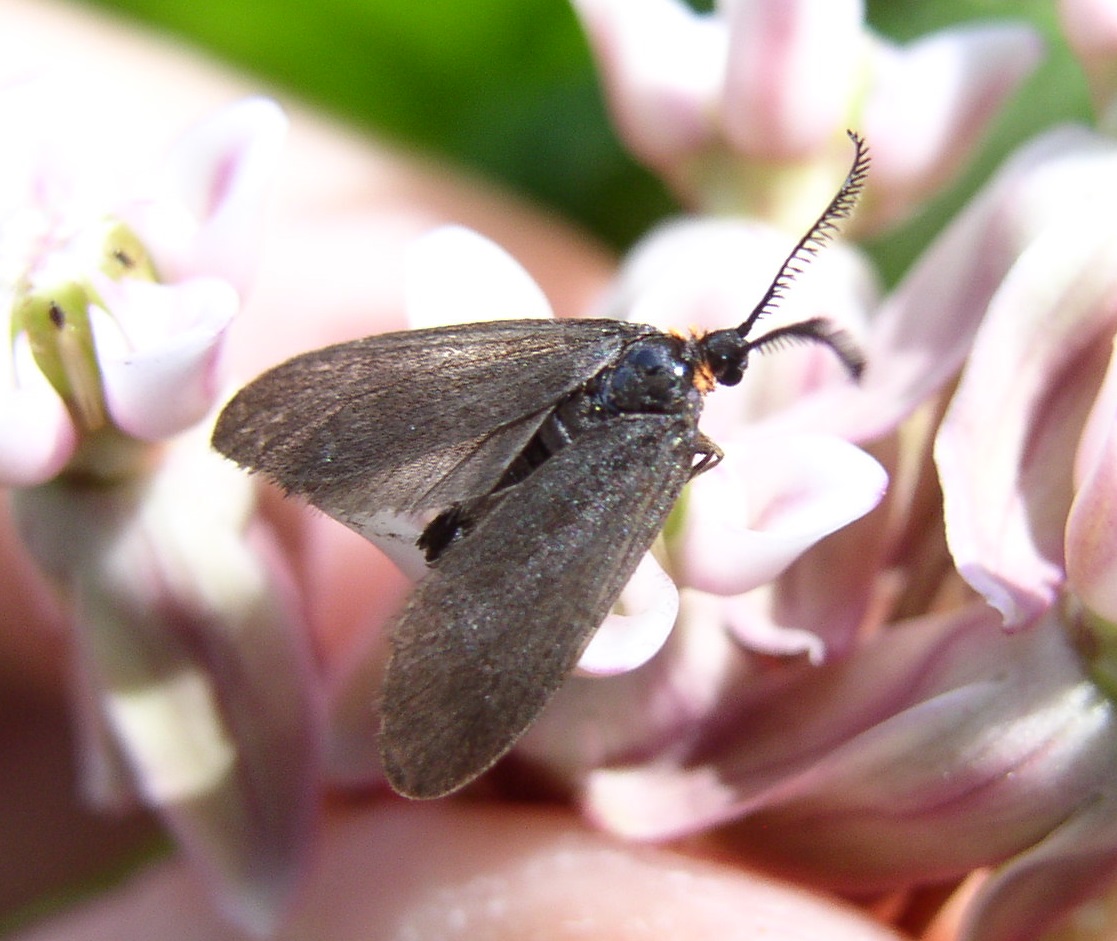|
Aethioprocris
''Aethioprocris'' is a genus of moths of the family Zygaenidae The Zygaenidae moths are a family of Lepidoptera. The majority of zygaenids are tropical, but they are nevertheless quite well represented in temperate regions. Some of the 1000 or so species are commonly known as burnet or forester moths, oft .... Species *'' Aethioprocris congoensis'' Alberti, 1957 *'' Aethioprocris togoensis'' Alberti, 1954 ReferencesAethioprocris at AfroMoths Procridinae Zygaenidae genera {{Zygaenidae-stub ... [...More Info...] [...Related Items...] OR: [Wikipedia] [Google] [Baidu] |
Aethioprocris Congoensis
''Aethioprocris congoensis'' is a moth of the family Zygaenidae. It is known from the Democratic Republic of the Congo The Democratic Republic of the Congo (french: République démocratique du Congo (RDC), colloquially "La RDC" ), informally Congo-Kinshasa, DR Congo, the DRC, the DROC, or the Congo, and formerly and also colloquially Zaire, is a country in .... References Procridinae Moths of Africa Moths described in 1957 Endemic fauna of the Democratic Republic of the Congo {{Zygaenidae-stub ... [...More Info...] [...Related Items...] OR: [Wikipedia] [Google] [Baidu] |
Aethioprocris Togoensis
''Aethioprocris togoensis'' is a moth of the family Zygaenidae. It is known from the small African nation of Togo Togo (), officially the Togolese Republic (french: République togolaise), is a country in West Africa. It is bordered by Ghana to the west, Benin to the east and Burkina Faso to the north. It extends south to the Gulf of Guinea, where its .... References Procridinae Moths of Africa Moths described in 1954 {{Zygaenidae-stub ... [...More Info...] [...Related Items...] OR: [Wikipedia] [Google] [Baidu] |
Procridinae
Procridinae is a subfamily of the family Zygaenidae. Selected genera * '' Aethioprocris'' Alberti, 1954 * '' Alteramenelikia'' Alberti, 1971 * ''Acoloithus'' Clemens, 1860 * ''Adscita'' Retzius, 1783 * '' Ankasocris'' Viette, 1965 * '' Artona'' Walker, 1854 * '' Astyloneura'' Gaede, 1914 * '' Australartona'' Tarmann, 2005 * '' Chalconycles'' Jordan, 1907 * '' Clelea'' Walker, 1854 * ''Euclimaciopsis'' Tremewan, 1973 * '' Gonioprocris'' Jordan, 1913 * ''Harrisina'' Packard, 1864 * ''Hestiochora'' Meyrick, 1886 * ''Homophylotis'' Turner, 1904 * '' Ischnusia'' Jordan, 1928 * ''Janseola'' Hopp, 1923 * '' Jordanita'' Verity, 1946 * '' Madaprocris'' Viette, 1978 * '' Malamblia'' Jordan, 1907 * '' Metanycles'' Butler, 1876 * ''Myrtartona'' Tarmann, 2005 * '' Neobalataea'' Alberti, 1954 * ''Neoprocris'' Jordan, 1915 * ''Palmartona'' Tarmann, 2005 * ''Pollanisus'' Walker, 1854 * ''Pyromorpha'' Herrich-Schäffer, 854/small> * ''Pseudoamuria'' Tarmann, 2005 * ''Pseudoprocris'' Druce ... [...More Info...] [...Related Items...] OR: [Wikipedia] [Google] [Baidu] |
Genus
Genus ( plural genera ) is a taxonomic rank used in the biological classification of living and fossil organisms as well as viruses. In the hierarchy of biological classification, genus comes above species and below family. In binomial nomenclature, the genus name forms the first part of the binomial species name for each species within the genus. :E.g. '' Panthera leo'' (lion) and '' Panthera onca'' (jaguar) are two species within the genus ''Panthera''. ''Panthera'' is a genus within the family Felidae. The composition of a genus is determined by taxonomists. The standards for genus classification are not strictly codified, so different authorities often produce different classifications for genera. There are some general practices used, however, including the idea that a newly defined genus should fulfill these three criteria to be descriptively useful: # monophyly – all descendants of an ancestral taxon are grouped together (i.e. phylogenetic analysis should c ... [...More Info...] [...Related Items...] OR: [Wikipedia] [Google] [Baidu] |
Moth
Moths are a paraphyletic group of insects that includes all members of the order Lepidoptera that are not butterflies, with moths making up the vast majority of the order. There are thought to be approximately 160,000 species of moth, many of which have yet to be described. Most species of moth are nocturnal, but there are also crepuscular and diurnal species. Differences between butterflies and moths While the butterflies form a monophyletic group, the moths, comprising the rest of the Lepidoptera, do not. Many attempts have been made to group the superfamilies of the Lepidoptera into natural groups, most of which fail because one of the two groups is not monophyletic: Microlepidoptera and Macrolepidoptera, Heterocera and Rhopalocera, Jugatae and Frenatae, Monotrysia and Ditrysia.Scoble, MJ 1995. The Lepidoptera: Form, function and diversity. Oxford, UK: Oxford University Press; 404 p. Although the rules for distinguishing moths from butterflies are not well est ... [...More Info...] [...Related Items...] OR: [Wikipedia] [Google] [Baidu] |
Zygaenidae
The Zygaenidae moths are a family of Lepidoptera. The majority of zygaenids are tropical, but they are nevertheless quite well represented in temperate regions. Some of the 1000 or so species are commonly known as burnet or forester moths, often qualified by the number of spots, although other families also have 'foresters'. They are also sometimes called smoky moths. All 43 species of Australian zygaenids are commonly known as foresters and belong to the tribe Artonini. The only nonendemic species in Australia is ''Palmartona catoxantha'', a Southeast Asian pest species which is believed to be already present in Australia or likely to arrive soon.Tarmann, G.M. "Zygaenid moths of Australia. A revision of the Australian Zygaenidae". Description Larvae Larvae are stout and may be flattened. A fleshy extension of the thorax covers the head. Most feed on herbaceous plants, but some are tree feeders. Larvae in two subfamilies, Chalcosiinae and Zygaeninae, have cavities in whic ... [...More Info...] [...Related Items...] OR: [Wikipedia] [Google] [Baidu] |



